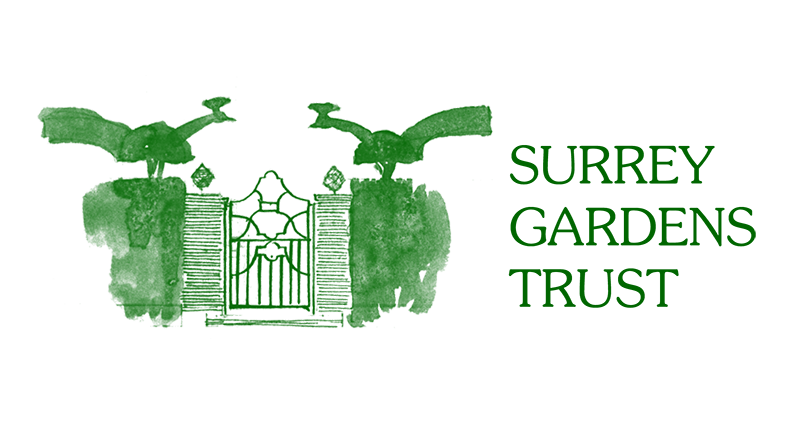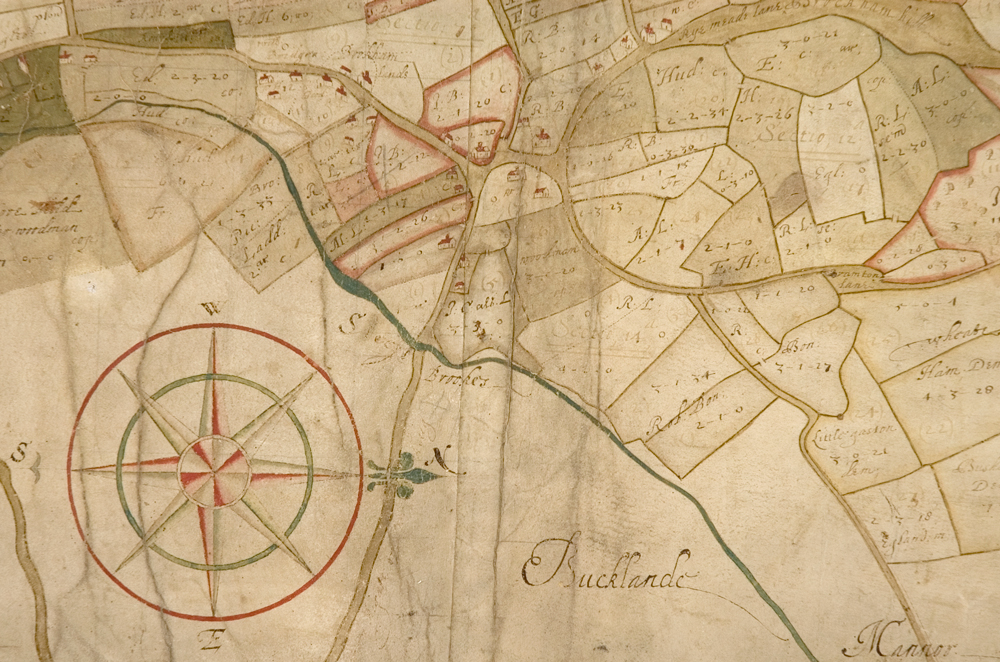RESEARCH
Surrey has a rich heritage of historic parks, gardens and designed landscapes. Under Historic Gardens, you can search the list of 41 nationally registered sites and we intend to add lists of historic sites which have been identified as local sites of significance. Research in relation to many of these sites has been compiled by the Trust.
One of the Trust's major aims continues to be to research and record and to provide a comprehensive picture of these important heritage assets. The Research and Recording Group investigates and records the history of these sites to understand their current condition in relation to their historical significance and to inform their future conservation. We are undertaking a process of ensuring that the location of this research is available and we are also listing these sites with appropriate links to provide the most up to date material available. Members of the Research and Recording Group meet regularly to share their research and keep abreast of any planning consultations which potentially impact upon Surrey's important sites. This work is explained more fully under Conservation. The group also runs training programmes and study days. Research in the group has resulted in a number of publications, both books and the SGT Newsletters, which can be viewed under Publications.
Interested members of the Trust, with no previous knowledge of garden history or archival research, are most welcome to join the group. A curiosity about local history can be developed and the delights of documentary research revealed. Please do contact us to find out more.
Below are some of our current research projects being undertaken by the Research and Recording Group.
stoke park, guildford
Now a municipal park, Stoke Park was formed from the pleasure grounds, kitchen garden and parkland of the former Stoke Park Mansion. Set out in the late 18th century by William Aldersey, the landscape remained largely intact until it was intersected by the Guildford by-pass (now A25) in the 1930s. While buildings have encroached on the site, an open undulating parkland scattered with trees along with areas of woodland, which characterised the 18th century estate, can still be enjoyed today. Research on this site continues.
LEITH HILL PLACE, DORKING
New research is being undertaken to understand the history and significance of Leith Hill Place near Dorking. The site was given to the National Trust in 1945, with an endowment by the composer Dr Ralph Vaughan-Williams who spent much of his childhood at Leith Hill Place. The site had been owned by the Wedgwood family and was visited by Charles Darwin (whose wife was a Wedgwood). Within the site is Leith Hill Tower, built about 1765 by Richard Hull, which stands on the highest point in Surrey.
HAROLD FALKNER IN SOUTH FARNHAM
Research is ongoing into the houses and gardens in the south Farnham area built by Harold Falkner. They were part of a local garden suburb approach to residential development. With changing approaches to 'front garden' usage, understanding and appreciating the value of 'suburb schemes' becomes more important.




